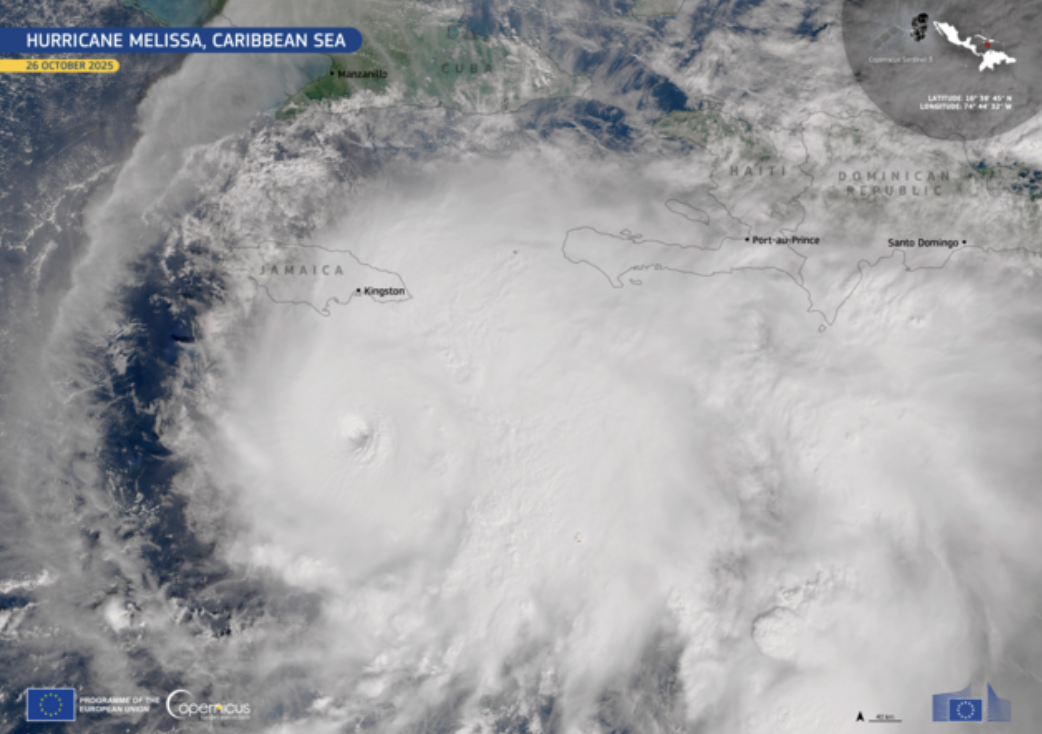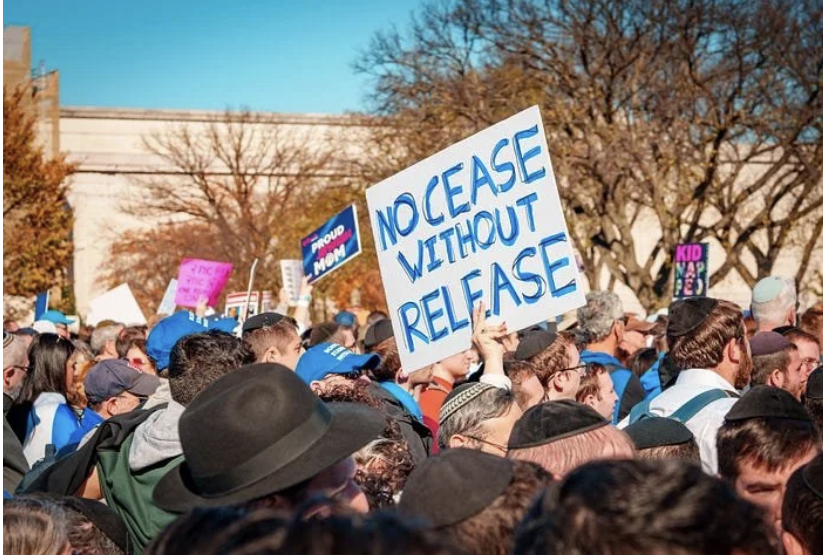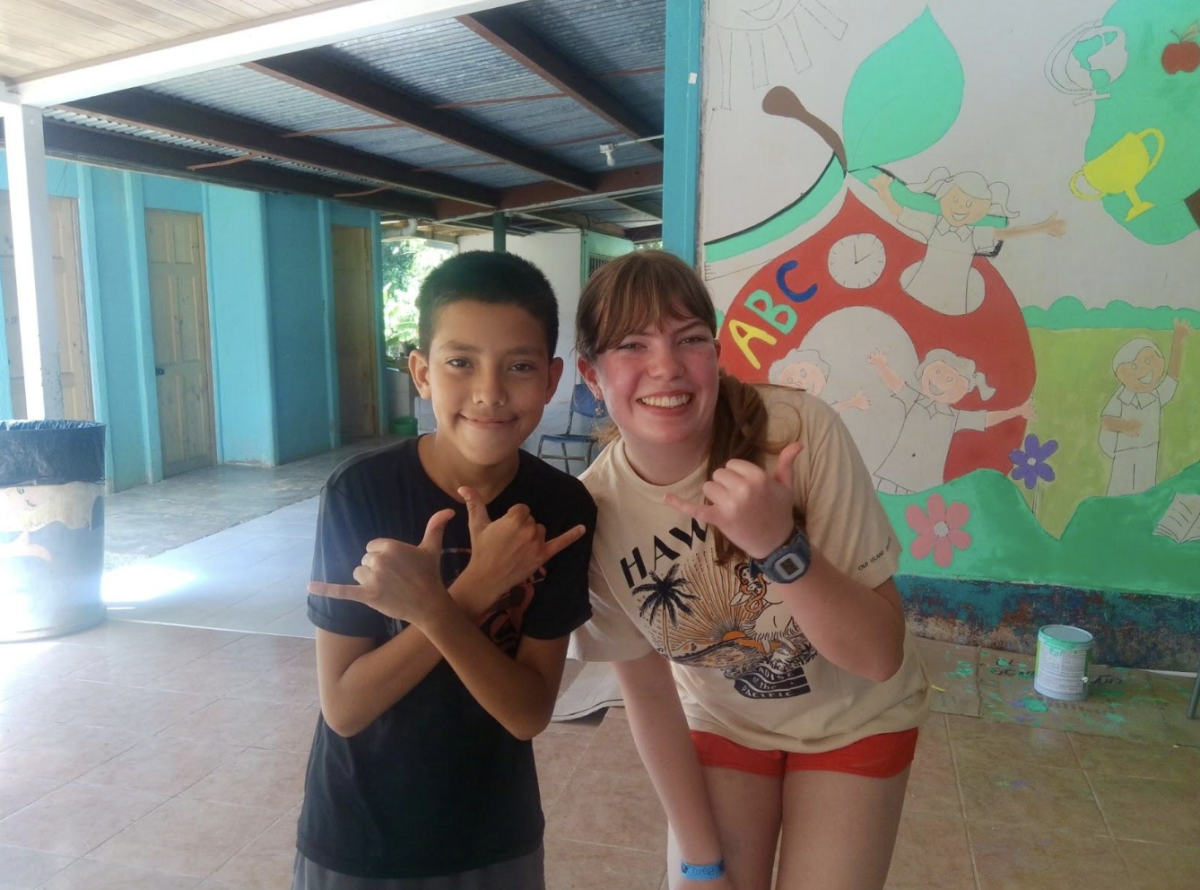Tatiana Gutierrez
Editor-in-Chief
A local family’s fight to keep its 13-year-old daughter on a ventilator after being declared brain dead coupled with a pregnant Texas woman’s family’s struggle to remove her from a ventilator have caused renewed debate over the definition of end of life and end of life treatment.
 “Brain death means that somebody has complete and irreversible death of the brain and brainstem,” Dr. Scott Heidersbach, who works in pediatric critical care at Children’s Hospital and Research Center Oakland, said. “They will never wake up or breathe on their own or be able to do anything. The only way to keep the organs functioning is keeping the patient on a machine.”
“Brain death means that somebody has complete and irreversible death of the brain and brainstem,” Dr. Scott Heidersbach, who works in pediatric critical care at Children’s Hospital and Research Center Oakland, said. “They will never wake up or breathe on their own or be able to do anything. The only way to keep the organs functioning is keeping the patient on a machine.”
Jahi McMath, an Oakland, Calif. teenage girl underwent surgery to treat pediatric sleep apnea, and on Dec. 10 was declared brain dead as a result of complications from the surgery.
Although Heidersbach is a doctor at Children’s Hospital and Research Center Oakland — the hospital where McMath underwent surgery and was declared dead — he did not talk about the McMath case due to privacy concerns.
Marlise Muñoz was 14 weeks pregnant when she was found on her kitchen floor after collapsing due to what doctors speculate was a pulmonary embolism.
Her family wanted to respect Muñoz’s previously disclosed wish to not remain on a ventilator, but John Peter Smith Hospital in Fort Worth did not comply with the family’s request, citing Texas law that an individual may not withhold or withdraw life-sustaining treatment if they are pregnant.
“I don’t see how we can use a provision of the law that talks about treating or not treating a patient in a case where we really don’t have a patient,” Tom Mayo, associate professor of law and medical ethicist at Southern Methodist University, who took part in writing the law said. “That’s not a question of philosophical speculation — that is ‘dead’ in Texas and all 50 states.”
Law, Catholic Church, medicine define death differently
Both statutory and case law state individuals are deceased when they are declared brain dead by a competent medical authority.
“There are two types of death,” Heidersbach said. “One is cardiac death where the heart has complete cessation and cannot be restarted. The other type of legal death is brain death.”
The brainstem regulates breathing by detecting pH, the measure of acidity and basicity of a substance. An acidic pH signals the body to start breathing.
“Someone can be acutely ill with a sickness like pneumonia and be on a ventilator even though they are not going to be in vegetative state,” Heidersbach said. “There is nothing wrong with the brain — they just need to be on a ventilator because it puts pressure into lungs and helps them breath.”
A ventilator — commonly known as “life support” — facilitates a patient’s inhalation by delivering pressurized air or pure oxygen into the lungs. As pressure decreases, the lungs elastically recoil, expelling carbon dioxide as part of the respiration process, according to the National Heart, Blood and Lung Institute.
A ventilator does not complete the task of respiration, the process of the lungs and tissue exchanging inhaled oxygen with the carbon dioxide waste produced by the body to be exhaled. The ventilator only supplies an adequate amount of oxygen to the patient, which then improves the patient’s respiration if the respiratory and circulatory systems are intact.
Physicians insert a breathing tube or perform a tracheostomy, inserting a breathing tube into the trachea, which connects the throat to the lungs, to stabilize a patient’s breathing if the airway has collapsed.
“Breathing is relatively a low level of functioning,” Heidersbach said. “It’s actually harder to keep the airway open because that requires a higher level of brain function.”
Generally a ventilator is used when an individual suffers from an illness that inhibits or hinders breathing, during and possibly after a surgery or the individual is in a vegetative state, a clinical condition in which an individual exhibits unawareness of self, their environment and maintains minimal brain activity.
This state must be sustained for at least one month in order to be considered persistent, according to the American Neurological Association.
Patients can either breathe on their own or rely on a ventilator when they are in a vegetative state, depending on the type of injury sustained. Ventilator patients may later breathe independently at some point, according to Heidersbach.
“The function of breathing can still come back,” Heidersbach said. “Although, in some cases they won’t be able to recognize people or talk, walk, or eat on their own, they’re still alive.”
Families make hard choices
McMath’s family says the girl is still alive and fought the hospital in court to have her transported to an acute care facility, despite Children’s Hospital’s objections.
Erick Muñoz went to court, on the other hand, to have his wife taken off of a ventilator after she was pronounced brain dead.
“Since my wife’s death on November 26, 2013, I have had to endure the pain of watching my wife’s dead body be treated as if she were alive,” Muñoz said in his affidavit. “When I bend down to kiss her forehead, her usual scent is gone, replaced instead with only as I can describe as the smell of death.”
A human fetus is generally viable around 24 weeks, but even then it may not be viable due to lack of oxygen or nutrients from the mother.
“His argument that a dead person cannot receive life-sustaining treatment is his position,” Joe Shannon, Jr., Tarrant County District Attorney said. “However, he ignores the consideration of the unborn child.”
It is possible for a patient to come out of a vegetative state, but the patient’s quality of life may be significantly different than from before.
“The physician doesn’t always know if there is going to be a brain injury or if there isn’t,” Heidersbach said. “If there is one, physicians again don’t always precisely know how bad the injury is going to be. Both the physician and the family sometimes don’t know what’s going to happen in the long term.”
Potential quality of life factors into decision
The quality of life can be the determining factor for a family’s decision to have a relative remain on a ventilator. Physicians educate the family on the patient’s potential future on and or off of a ventilator, according to Heidersbach.
“Quality of life is a judgement call,” Heidersbach said. “Most physicians tend to think you will not have a good quality of life if you have a severe brain injury and can’t recognize the people around you, or eat on your own, or breathe on your own and all you feel is pain — another low level of functioning.”
The physician does not decide the future of the patient based on the physician’s own values; the family has to judge whether or not the potential quality of life is acceptable, according to Heidersbach.
“The physician’s job is to help the family figure it out,” Heidersbach said. “The family doesn’t know what it’s going to be like two weeks, a month or a year from now.”
One of the chief physicians at Children’s Hospital declared McMath dead as well as an independent expert from Stanford Hospital agreed upon by the hospital and the family. A county judge agreed with the doctors’ verdict.
“The judge looked the family in the eye and said ‘I know this is very difficult for you to take and I sympathize with you, but you’re daughter is deceased,’” Sam Singer, a Children’s Hospital spokesperson said in a press briefing.
McMath’s family and lawyer requested the hospital put McMath through further procedures to have her suitable for transportation to another facility.
“Every day I just feel like a piece of me is being taken away,” McMath’s mother Latasha Winkfield said at a press briefing shortly after her daughter was pronounced dead. “I look at her and I feel like as her mother, I’m supposed to be able to help her, but this hospital has my hands tied.”
Physicians take into consideration factors such as the type of injury, how the injury was acquired, the extent of the injury and other patients outcomes who have sustained similar situations when predicting a patient’s future quality of life, according to Heidersbach.
“We make a very educated guess,” Heidersbach said. “Most physicians tend to focus on the level of alertness and awareness in the patient. We can’t always tell where things are going to go. Not everyone agrees with that, but a lot of people do.”
Winkfield says she does not want to take McMath off of life support because she believes a miracle can take place.
Catholics may morally reject extraordinary means
The Catholic Church teaches that no extraordinary measures need to be taken to sustain life, according to the Rev. Dave Pettingill, a retired professor of theology at St. Patrick’s Seminary and University in Menlo Park.
“Good medicine is good moral theology, so we have to rely on people who are professionals in the medical profession,” Pettingill said. “If a person is what you would simply say ‘vegetative’ and there is no question that they could be revived, then the Church would say that no extraordinary means needs to be used and to let the life play out according to what will happen.”
California residents have an option to sign a prehospital “Do Not Resuscitate” directive.
“A person has the right to die with dignity,” attorney at law John Hurabiell said. “That simply means that if in advance of incompetence or losing consciousness a person has specified in writing that meets the requirements of the law, that they do not wish any ‘heroic life saving measures.’”
The DNR prevents a person in need of emergency services from resuscitation attempts or any other life saving measures, according to the prehospital form authored by the State of California.
Heroic lifesaving measures in regards to brain death include ventilators and artificial feeding, according to Pettingill.
“The Church really has a great respect for the human,” Pettingill said. “When something isn’t human and is artificial, there is always that suspicion that comes where you say, ‘Okay, let the person go with dignity.’ A new phase of life is beginning — the person is not going on to darkness or to emptiness, but on to God.”
The DNR is only viable in places like a patient’s home, a long-term care facility, during transport to or from a healthcare facility, but it does not replace other forms required by facilities regarding their own policies and procedures when regarding life saving attempts.
Hospitals are encouraged to comply with the DNR when a patient is in the emergency room.
“Extraordinary means would be if you had a person on a machine and that was the sole reason that they went on living,” Pettingill said. “The person may not be brain dead, but being kept alive by a machine the church would say is extraordinary and not human.”
When individuals who have not signed a DNR or designated a proxy to decide whether or not heroic life saving action should be taken, the next of kin is responsible for the decision.
“That, frankly, can be a really slippery slope,” Hurabiell said. “The next of kin is defined more by case law than it is by statutory law, other than a spouse.”
If the next of kin is not a spouse, a parent or eldest child or next eldest child would make the decision regarding their family member’s end of life care. The next of kin can be a brother or sister if the patient does not have a spouse, parent or child of age.
“If the patient is brain dead, we gently and as kindly as we can let them know the patient is gone,” Heidersbach said. “We give the family time to grieve, gather family members and to look at the body. Then we eventually turn the machine off.”
Muñoz was taken off of a ventilator 22 weeks into her pregnancy after a judge sided with the Muñoz family and Muñoz’s previously disclosed wishes.
McMath was transported to an unknown facility to care for her, and she remains on a ventilator.
“The medical decision to stop all the means is perfectly moral,” Pettingill said. “If you don’t have the information from the doctor, you can’t make a moral decision. There is no direct killing or violation of human rights; they’re just saying there’s no more we can do.”
The Church encourages individuals to specify their wishes prior to illness or death.
“You find that a lot of people come to the conclusion that the end of life is the end of life,” Hurabiell said. “There are other people that will hang on with their fingernails, if need be, to the last two minutes of life, but that’s very personal to the individual. You get over the romanticism of youth at a fairly early age.”




















